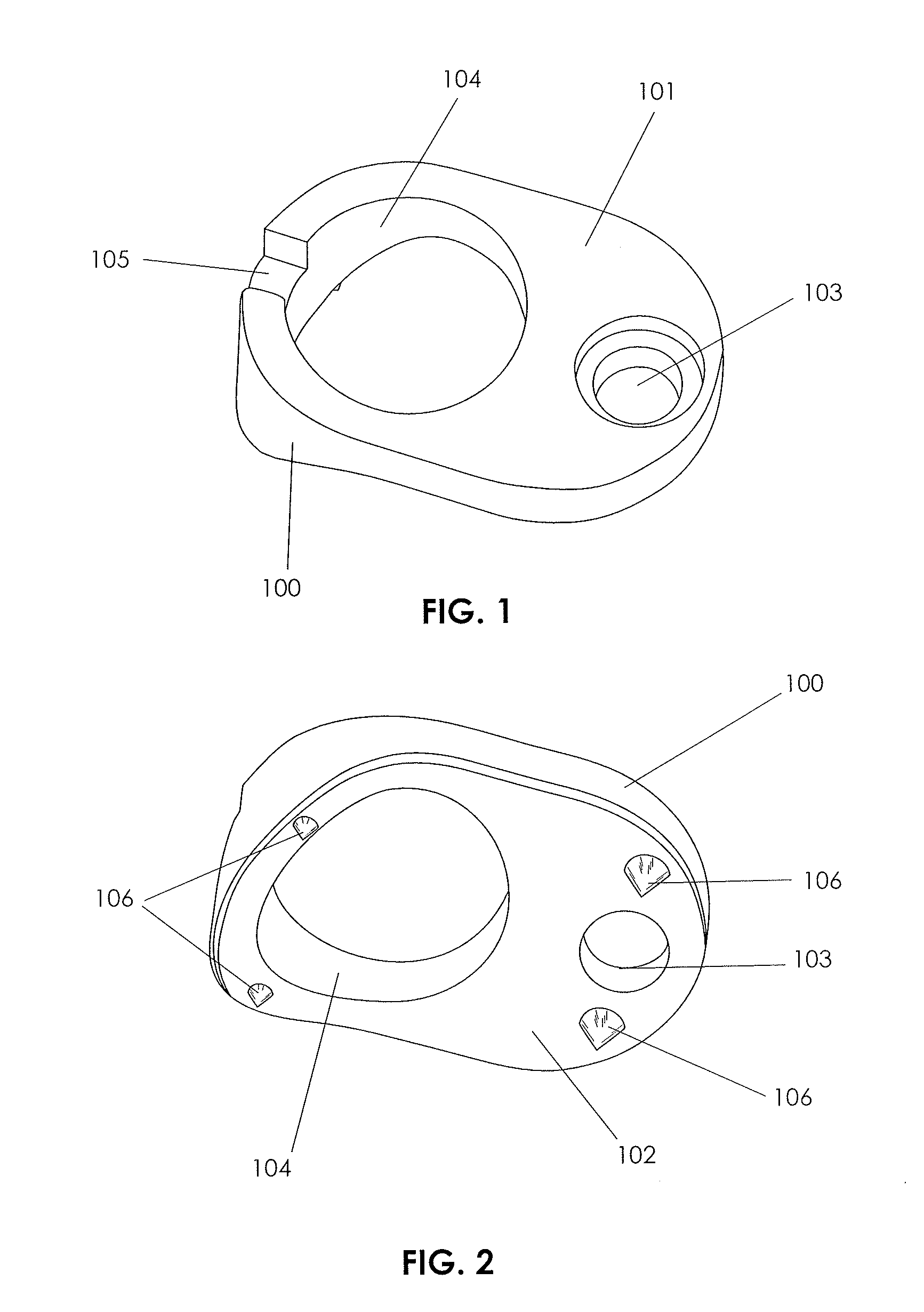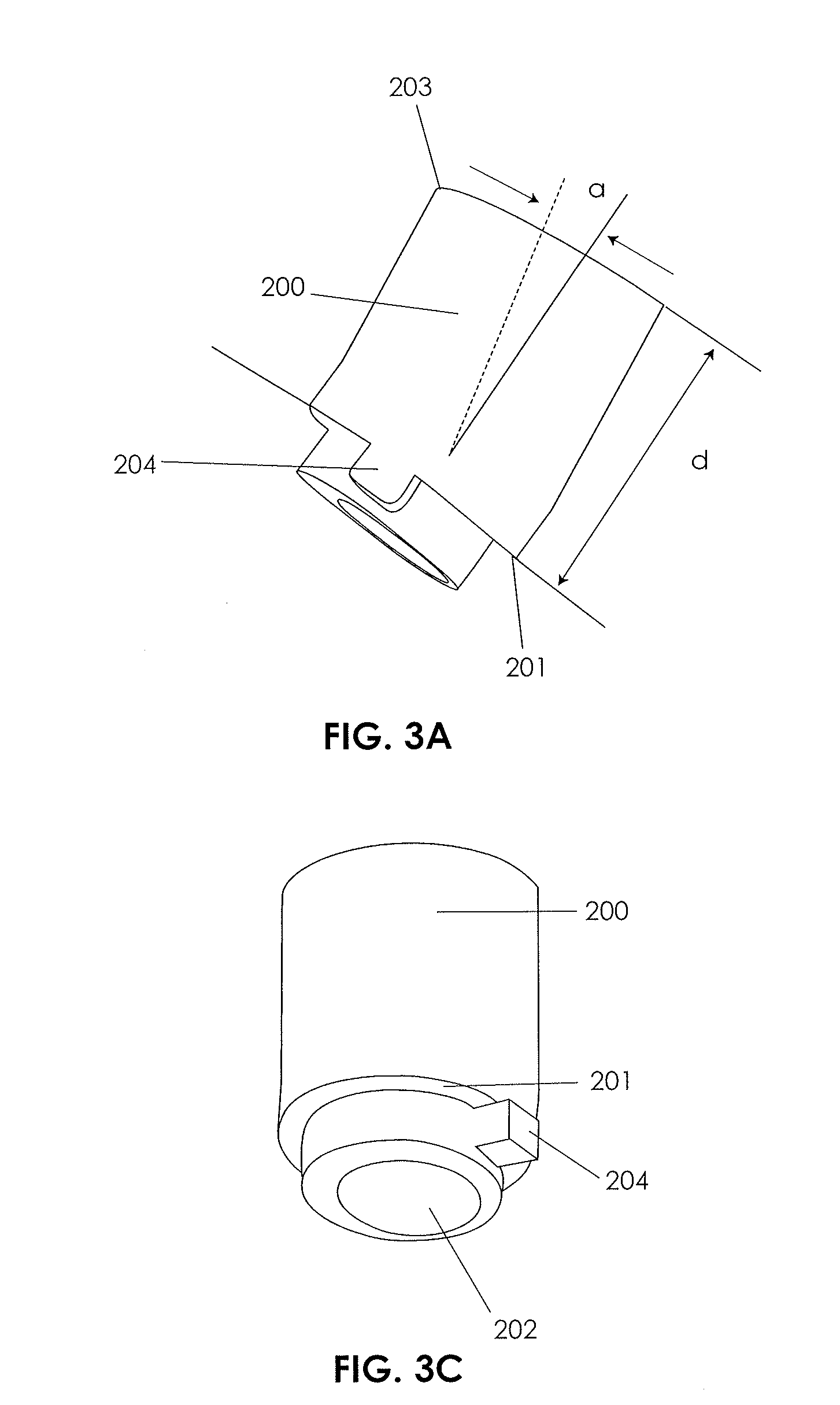Transcorporeal spinal decompression and repair systems and related methods
a transcorporeal spinal and repair system technology, applied in the field of spinal surgery, can solve the problems of loss of function, long recovery time, inherent problems of fusion and disc replacement,
- Summary
- Abstract
- Description
- Claims
- Application Information
AI Technical Summary
Benefits of technology
Problems solved by technology
Method used
Image
Examples
Embodiment Construction
[0096]An inventive surgical system and associated method of use are provided for transcorporeal spinal procedures that create and use an anterior approach to an area in need of surgical intervention, particularly areas at or near a site of neural decompression. Removal or movement of a source of compressing neural pathology is achieved via a surgical access channel created through a single vertebral body instead of through a disc space or through an uncovertebral joint (involving 1 or 2 vertebrae). The access channel has a specifically prescribed trajectory and geometry that places the channel aperture at the posterior aspect of the vertebra in at or immediately adjacent to the targeted compressing pathology, thus allowing the compressing neural pathology to be accessed, and removed or manipulated. The access channel is formed with precise control of its depth and perimeter, and with dimensions and a surface contouring adapted to receive surgical instruments and an implanted bone re...
PUM
 Login to View More
Login to View More Abstract
Description
Claims
Application Information
 Login to View More
Login to View More - R&D
- Intellectual Property
- Life Sciences
- Materials
- Tech Scout
- Unparalleled Data Quality
- Higher Quality Content
- 60% Fewer Hallucinations
Browse by: Latest US Patents, China's latest patents, Technical Efficacy Thesaurus, Application Domain, Technology Topic, Popular Technical Reports.
© 2025 PatSnap. All rights reserved.Legal|Privacy policy|Modern Slavery Act Transparency Statement|Sitemap|About US| Contact US: help@patsnap.com



